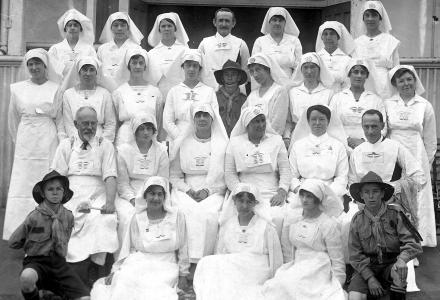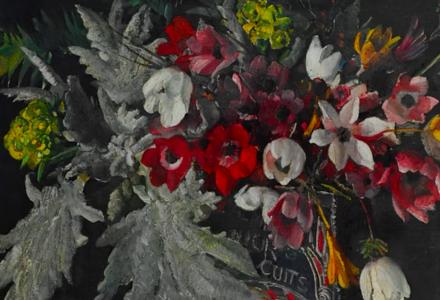From the first day of the Gallipoli Landing to the very last day of the campaign, Quinn’s Post was the most perilous section of the Anzac line. Here, one army collided against another, the trenches of Allied and Ottoman forces barely a few meters apart.
Of the nearly five hundred men buried or commemorated in the cemetery at Quinn’s, barely a dozen are New Zealanders. But that means very little. The remains of men from Otago and Auckland, Canterbury and Wellington are littered across the hilltops and gullies nearby, a reminder that New Zealand units bore the brunt of the fighting over much of that summer. And not all New Zealanders wore their country's uniform. Throughout much of the 20th century, the workforces of Australia and New Zealand were virtually interchangeable. Many Australians were in New Zealand when war broke out and many New Zealanders in Australia. Robert Stone was one of these.
Robert Stone was not his real name. Karanemar Pohatu was a Maori man from Te Hanke near Hastings. He migrated to Australia four years before the outbreak of war and worked there as a labourer and shearer. His brother was unsure of his age; but his attestation papers claim he was twenty-one years old when he enlisted. Just six months later, Karanemar Pohatu was killed defending Quinn’s and buried hastily near the ridgeline. ‘He was fair for a Maori,’ Tohana Pohatu wrote, and perhaps his brother’s decision to change his name to Stone—the English translation of Pohatu—was a way of cloaking his cultural identity. That we can never know.
What we do know is that like Indigenous communities in Australia, Maori suffered much in the course of British colonisation. Their land had been taken, their culture disrupted, and their population decimated. For Maori, military service presented the opportunity to assert the rights and entitlements of citizenship, as it did for Aboriginal people. But there was one important difference between the experience of Aboriginal and Maori servicemen. In Australia, the refusal to recognise Aboriginal soldiers as Indigenous, and insistence all recruits were of ‘predominantly European descent’ meant that Indigenous servicemen were integrated throughout the First AIF. In New Zealand, by contrast, Maori were marshalled into separate units under the strict command of white officers. These men were relegated to non-combatant duties and formed into Pioneer battalions; white authorities intended that they carry shovels rather than rifles. Maori, for their part, agitated tirelessly to serve on an equal basis as white recruits.
Karanemar Pohatu died on the second day of the campaign, as the battle for Quinn’s Post raged all around him. What serves as his grave is marked by a special memorial, the epitaph chosen not by his family but by military authorities. ‘Their glory shall not be blotted out’ was the standard inscription employed for any memorial where the exact location of a body buried nearby could not be determined.
Karanemar Pohatu’s story reminds us of the complexities of Indigenous service. It is also raises deep methodological questions about how historians read archives, how they deal with absences and silence in any historical record. Most important of all, the process of recovering Indigenous stories is best undertaken by Indigenous communities. The Great War was fought in defence of white privilege and Empire—rewriting its history is a way of decolonising that narrative.



